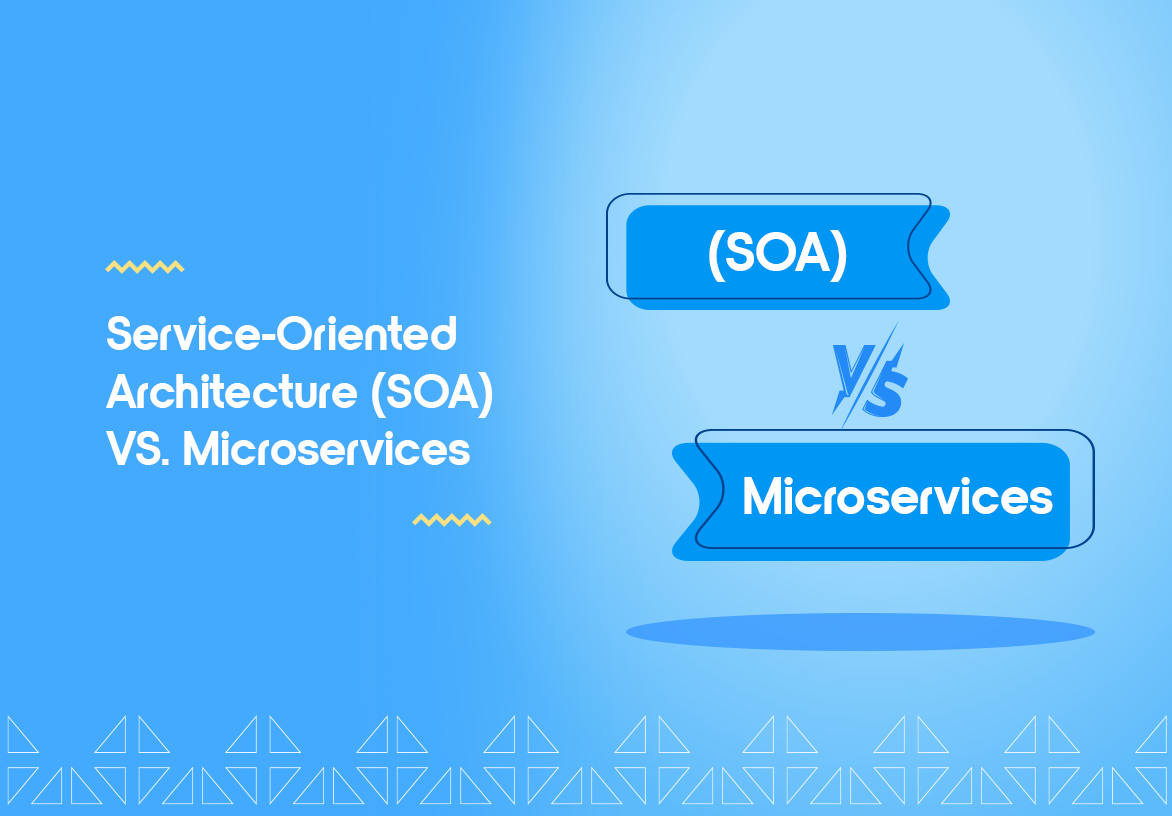Service-Oriented Architecture (SOA) vs. Microservices
Zcoderz will talk about the advantages of microservices and the modular approach of SOA. Keep Reading
Service-Oriented Architecture (SOA) VS. Microservices
The IT field never stops evolving… and that’s what makes our jobs interesting! One of the current trends is microservices architectures , as opposed to monolithic architectures . In this article, Zcoderz will talk about the advantages of microservices and then we will try to distinguish this approach from another modular approach, that of SOA.
The Well-known Advantages of Microservices Architectures
We have already spoken about it several times, microservices provide better agility than monolithic architectures to the Information System. Indeed, they are designed to be independent and autonomous from each other. Each component can therefore be deployed and updated independently without having to modify an entire application.
Thus, microservices offer better scalability than monoliths. Developers can work on separate services without affecting the rest of the application. Ultimately, this reduces the costs associated with scaling the application. In addition, this approach makes it easier to handle traffic spikes, as services can be individually scaled to meet demand, which reduces infrastructure costs. We increase capacity only for the component that needs it!
Still in the idea of scalability, microservice architectures are generally easier to maintain. Indeed, a monolith is often complex due to its functional and technical scope. The microservice (especially if it is well documented...) is easier to maintain because each service is simple (its use is very clear) and independent of each other.
Read The full article here: Unlocking Business Potential with Microservices Architecture
What Is SOA Architecture?
SOA (Service-Oriented Architecture) is very similar to the microservice approach, but at a higher level. Indeed, the SOA approach has the similarity of breaking down a complex system into smaller and simpler services. The services then communicate with each other, according to business processes, through communication protocols such as HTTP or SOAP.
Services are designed to be reusable and can be combined to meet different business needs. Interoperability is therefore a key element of SOA, as it allows services developed on different platforms and technologies to communicate with each other.
Finally, still to facilitate the modularity and flexibility of the Information System, the SOA architecture is often based on directories referencing the different services. These registers allow users to discover and use services available in the system and therefore simplify the design and maintenance of complex systems.
Microservices vs SOA Architecture: What Are The Differences?
SOA and microservices architectures share similarities, including their approach focused on autonomous components. However, they also have notable differences.
SOA focuses on providing services that can be reused across different business processes. Services in SOA are typically larger than microservices and are designed to be more general-purpose. SOA focuses on interoperability, reuse, and orchestration of services to create business processes.
On the other hand, microservices architecture focuses on creating smaller, autonomous, and specialized services. Microservices are designed to be easier to maintain, deploy, and scale independently of each other. Microservices architecture also fosters innovation and experimentation because it allows developers to quickly deploy specific services to meet specific business needs.
In terms of communication, services in SOA often communicate via centralized service buses, while microservices often communicate directly with each other via APIs. Finally, microservices typically emphasize automation and tooling of service deployment and management processes, while SOA places more emphasis on service governance standards and policies.
Microservices VS SOA In A Nutshell
Microservices architectures offer many advantages over monolithic architectures and even over the SOA approach. We find the concepts and interests specific to modular architectures: agility, maintenance, responsiveness, etc. However, adopting a microservices architecture requires a greater technical investment than the SOA approach or a monolithic approach.
Indeed, it requires a good design of its IS and the adoption of a logic of specialization and genericity of each component. There is therefore a significant amount of complexity in the management of flows between each component. But although setting up microservices can take more time than using monolithic architectures, the long-term benefits are worth it, particularly in terms of maintenance and infrastructure costs.
To Wrap Things Up
Microservices enable finer and more flexible scalability, better responding to load variations. This approach also facilitates continuous integration and continuous deployment (CI/CD), thus promoting shorter and more iterative development cycles. In the event of a failure, a faulty microservice can be isolated and corrected without affecting the entire system, thus improving the overall resilience of the infrastructure. On the other hand, this approach requires deep technical expertise in container management, orchestrators, and a strong DevOps culture to be fully effective.

